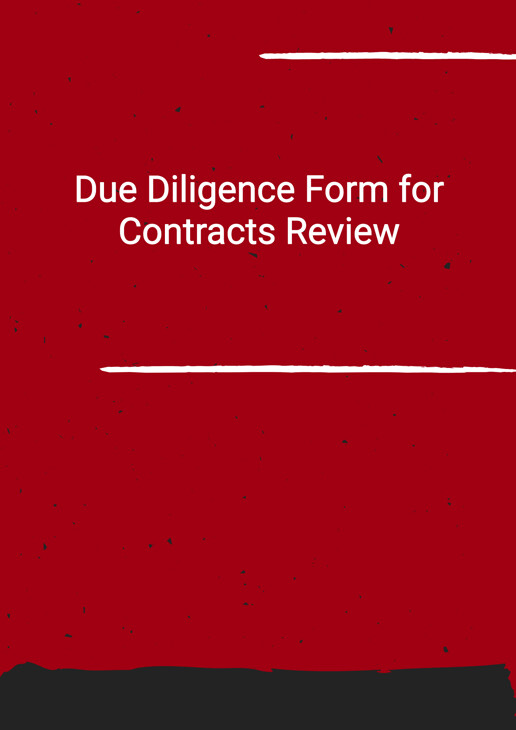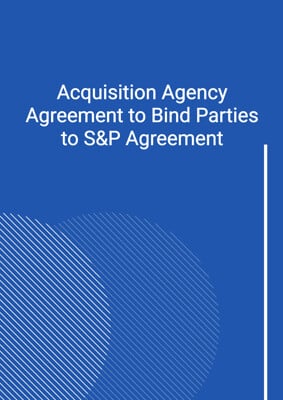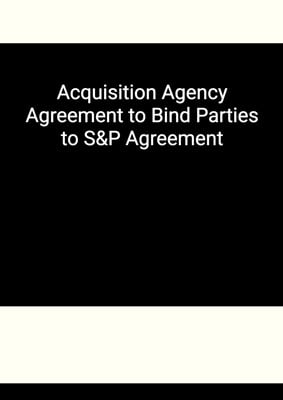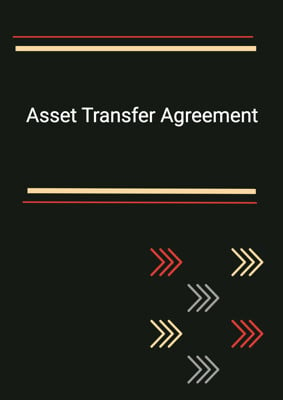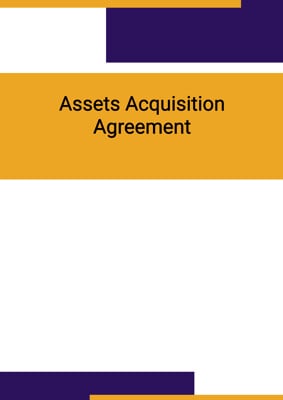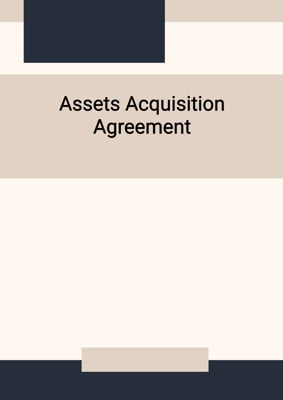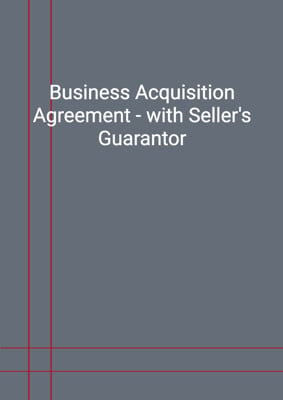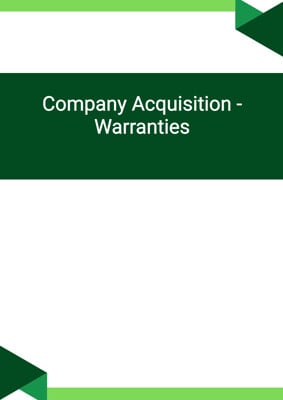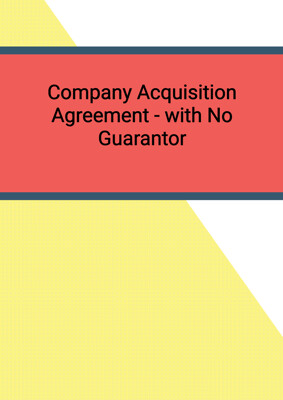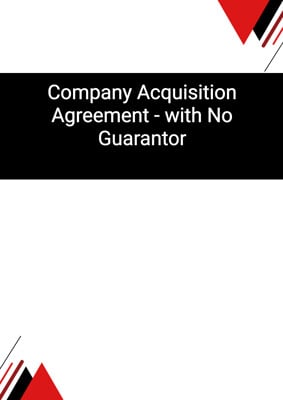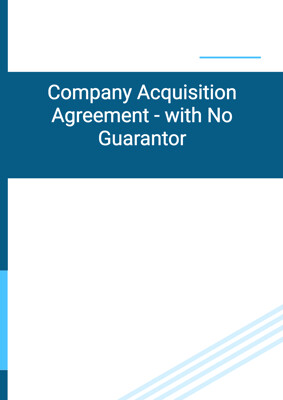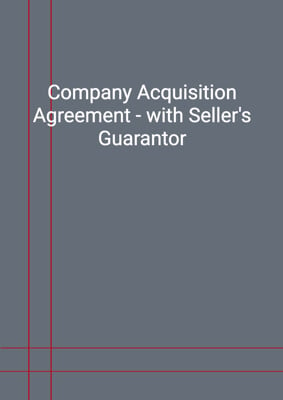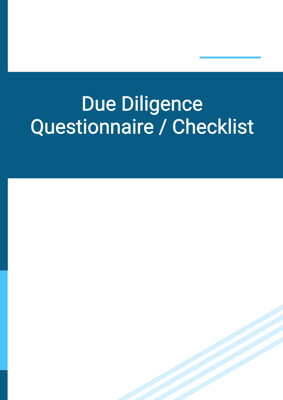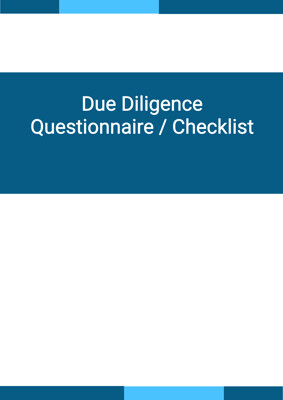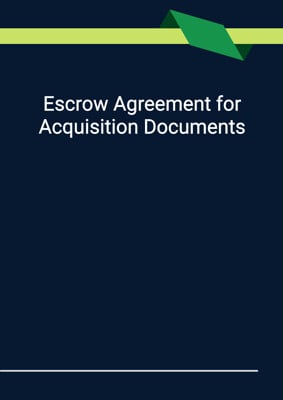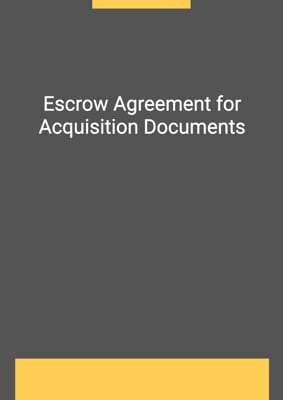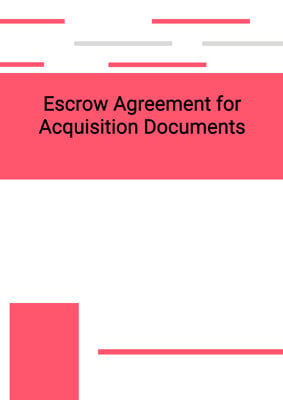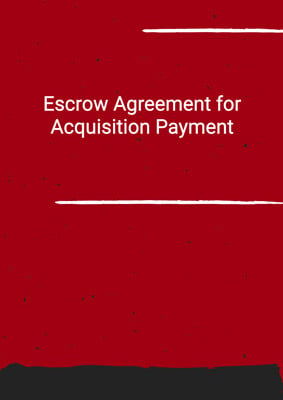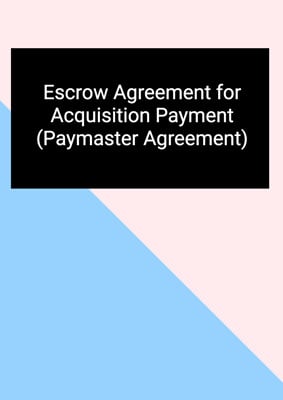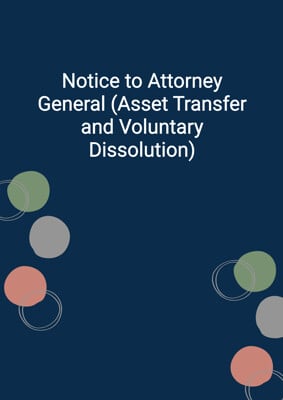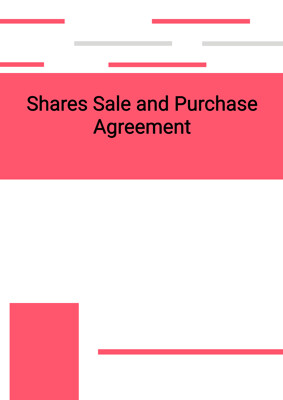How to Tailor the Document for Your Need?
01
Create Document
Click "Create Document" button and the document will be prepared with your account details automatically filled in.
02
Fill Information
Please fill in any additional information by following the step-by-step guide on the left hand side of the preview document and click the "Next" button.
03
Get Document
When you are done, click the "Get Document" button and you can download the document in Word or PDF format.
04
Review Document
Please review the document carefully and make any final modifications to ensure that the details are correct before publication / distribution.
Document Preview
Document Description
The 'Due Diligence Form for Contracts Review' is an important document that plays a crucial role in the review and assessment of contracts. It serves as a comprehensive checklist to ensure that all necessary information and considerations are taken into account before finalizing a contract. This document provides a detailed introduction to the entire review process, as well as a breakdown of each section and its significance.
The document begins with a section for document reference, where the reviewer can input relevant information such as initials and the date of review. This helps in tracking and referencing the review process. The next section focuses on the type of document/contract and its general subject matter. This provides an overview of the contract's purpose and scope.
The parties involved in the contract are then identified, including their names and any additional details that may be relevant. This ensures clarity and accuracy in identifying the contractual parties. The form of agreement is specified to outline the legal framework within which the contract operates.
Commission/charges and consideration are addressed to highlight any financial aspects of the contract. This includes the fees or compensation involved and the value exchanged between the parties. The product or service being provided under the contract is described to provide context and clarity.
Territory and jurisdiction/governing law are specified to determine the geographical scope and legal framework within which the contract operates. The term of the contract, including any provisions for renewal or termination, is outlined to establish the duration and conditions of the contractual relationship.
The default section addresses the consequences and procedures in case of non-compliance or breach of the contract. Assignability is discussed to determine if the contract can be transferred or assigned to another party. Consents from third parties may be required in certain cases, and any specified carve-outs or exceptions are noted.
Change of control/material change of business is considered to assess the impact of significant changes on the contract. Non-competition periods are specified to restrict parties from engaging in competing activities during a certain period. Indemnification and warranties are discussed to address liability and guarantees provided by the parties.
Confidentiality provisions are included to protect sensitive information shared during the contract. The right or obligation to buy or sell is briefly described to indicate if the contract involves any purchase or sale agreements. Variation provisions are outlined to address any potential changes or modifications to the contract.
Guarantees/charges or security are discussed to determine if any additional financial safeguards are in place. Insurance requirements are considered to assess if parties are required to maintain specific insurance coverage. The document also checks if the contract is signed by all parties and if it refers to any other agreements not listed.
The completeness of the document is verified by checking if any pages are missing. The legal binding status of the contract is assessed to determine its enforceability. If the contract is not in English, the language is noted. The rights for third parties to enforce provisions are evaluated to determine if any third-party beneficiaries are involved.
Pre-emption rights are considered to assess if any priority rights exist. The presence of a power of attorney or other grant of authority to a third party is checked to determine if any external parties have decision-making powers. The right to appoint/remove directors is assessed to determine if any control over the management of a company is granted.
The document concludes with a section for any other unusual provisions or comments that may be relevant to the contract review process.
How to use this document?
1. Review the document reference section and fill in the necessary information, such as initials and the date of review, to track and reference the review process.
2. Identify the type of document/contract and its general subject matter to understand the purpose and scope of the contract.
3. Specify the parties involved in the contract, including their names and any additional details that may be relevant, to ensure clarity in identifying the contractual parties.
4. Determine the form of agreement to establish the legal framework within which the contract operates.
5. Address commission/charges and consideration to understand the financial aspects of the contract, including fees and value exchanged.
6. Describe the product or service being provided under the contract to provide context and clarity.
7. Specify the territory and jurisdiction/governing law to determine the geographical scope and legal framework of the contract.
8. Outline the term of the contract, including any provisions for renewal or termination, to establish the duration and conditions of the contractual relationship.
9. Consider the default section to understand the consequences and procedures in case of non-compliance or breach of the contract.
10. Assess the assignability of the contract to determine if it can be transferred or assigned to another party.
11. Check if any consents from third parties are required and note any specified carve-outs or exceptions.
12. Evaluate the impact of change of control/material change of business on the contract.
13. Note any non-competition periods to understand restrictions on engaging in competing activities.
14. Assess the indemnification and warranties provided by the parties to address liability and guarantees.
15. Review the confidentiality provisions to protect sensitive information shared during the contract.
16. Determine if the contract involves any right or obligation to buy or sell.
17. Consider the variation provisions to address potential changes or modifications to the contract.
18. Assess if any guarantees/charges or security are in place to provide additional financial safeguards.
19. Check if specific insurance requirements are mentioned in the contract.
20. Verify if the contract is signed by all parties and if it refers to any other agreements not listed.
21. Ensure the completeness of the document by checking if any pages are missing.
22. Assess the legal binding status of the contract to determine its enforceability.
23. Note the language of the contract if it is not in English.
24. Evaluate the rights for third parties to enforce provisions to determine any third-party beneficiaries.
25. Consider any pre-emption rights that may exist.
26. Check if there is a power of attorney or other grant of authority to a third party.
27. Assess if the contract grants the right to appoint/remove directors to determine any control over management.
28. Finally, review the section for any other unusual provisions or comments that may be relevant to the contract review process.
Not the right document?
Don’t worry, we have thousands of documents for you to choose from:
